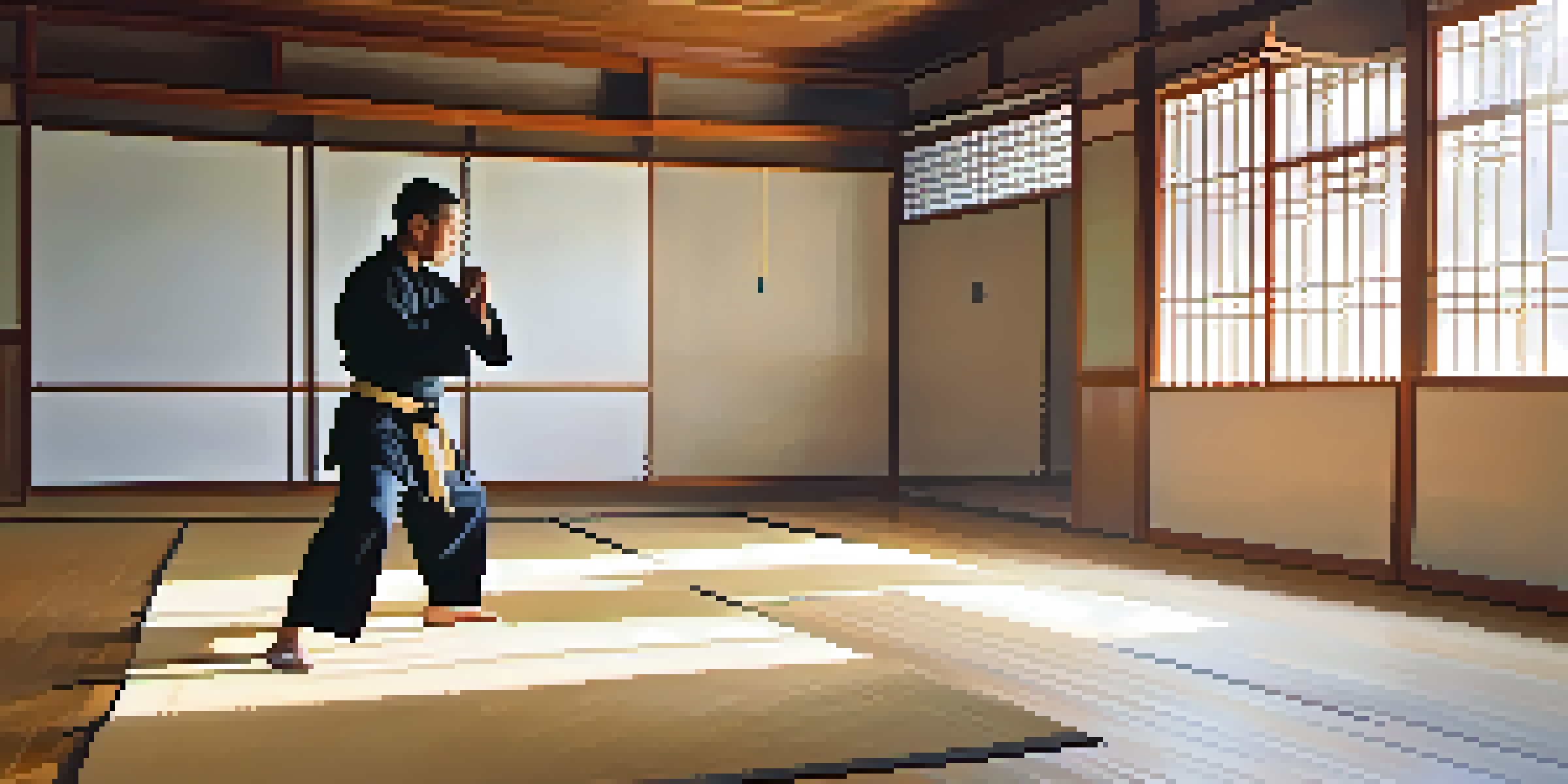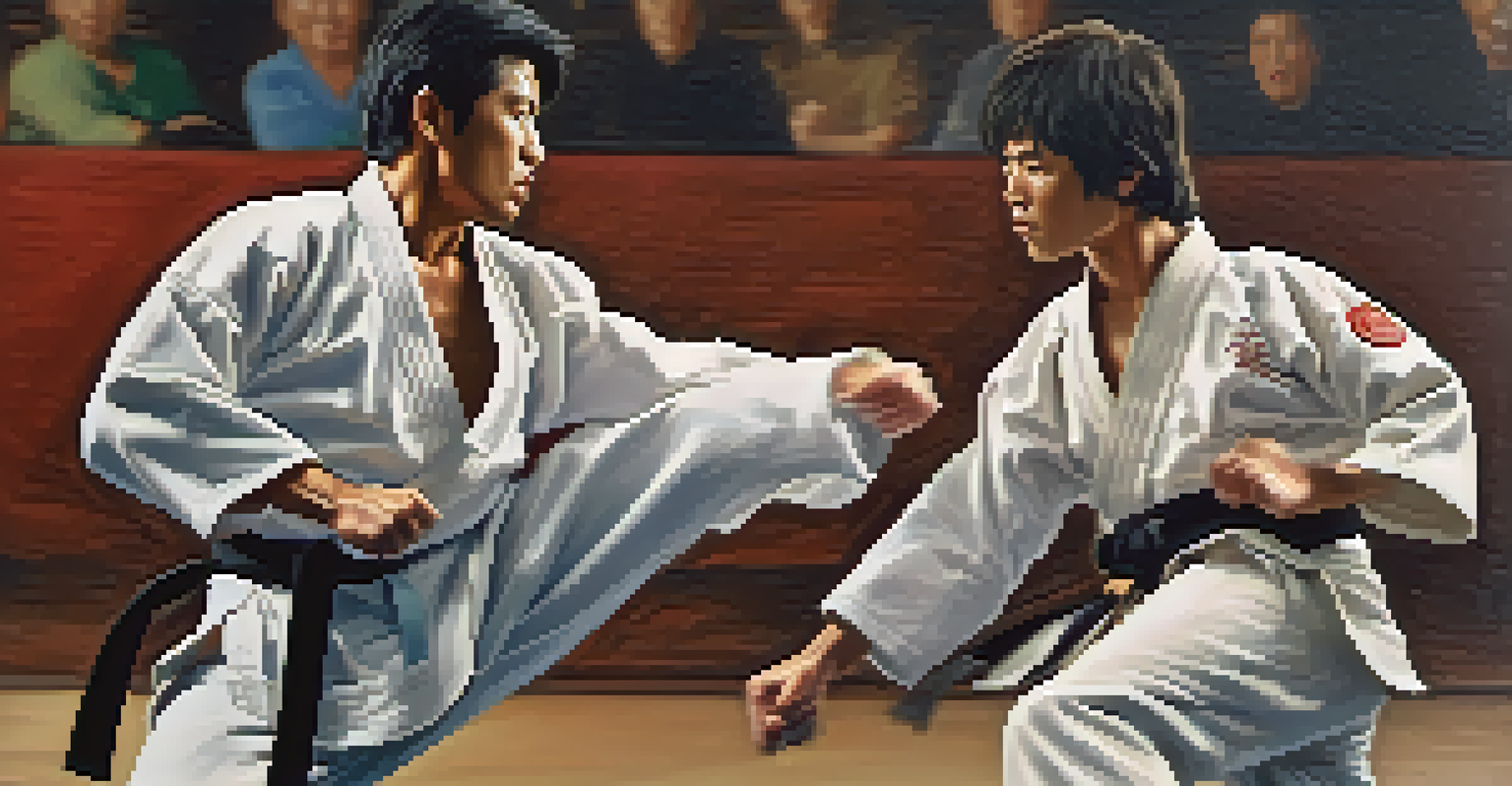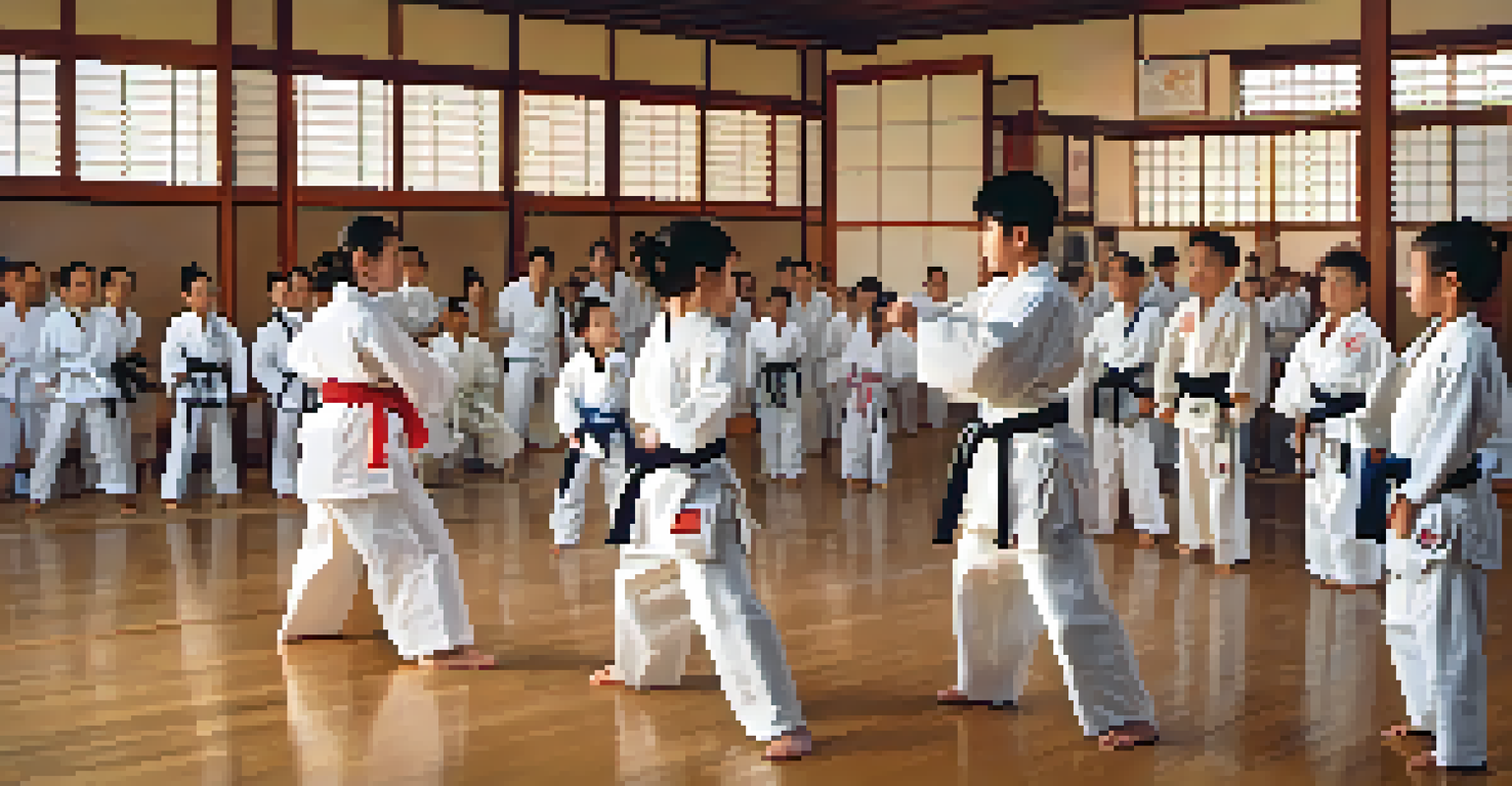Communication Skills Learned Through Martial Arts Training

Martial Arts: More Than Just Physical Combat
While many view martial arts as a physical discipline, it encompasses much more than just striking and grappling. It teaches practitioners the importance of mental focus and discipline, skills that are essential in any form of communication. Just like in a conversation, clarity and intention are crucial in martial arts—each movement must convey a message, whether it’s an attack or defense.
The greatest victory is that which requires no battle.
In martial arts training, you learn to read your opponent's body language and anticipate their next move. This skill is directly transferable to interpersonal communication, where understanding non-verbal cues can significantly enhance interactions. Just as a fighter must stay attuned to their opponent's signals, effective communicators must be aware of subtle hints from others.
Additionally, the structured environment of martial arts fosters respect and humility. These values create a safe space for dialogue and encourage open communication. Practitioners learn that every interaction is an opportunity to improve, not just in technique but in understanding others.
Building Confidence Through Sparring
Sparring, a common practice in martial arts, is an excellent way to build confidence. Each encounter requires quick thinking and decisive action, mirroring the dynamics of real-life conversations where one must respond appropriately. This practice helps individuals become more comfortable expressing their thoughts and feelings.

The adrenaline rush of sparring also teaches how to manage stress in high-pressure situations. Similarly, effective communication often happens during tense moments—be it in a business meeting or a personal dispute. By learning to stay calm and focused in the dojo, martial artists can carry that composure into their daily interactions.
Martial Arts Enhances Communication Skills
Practicing martial arts develops mental focus, respect, and active listening, all of which are essential for effective communication.
Moreover, sparring promotes adaptability, as no two encounters are the same. This flexibility is crucial in communication, where the ability to adjust one’s message according to the audience can lead to more meaningful exchanges. Practicing this adaptability in martial arts equips individuals to handle diverse social situations with ease.
The Importance of Listening in Martial Arts
Listening is a fundamental skill in martial arts training, often emphasized alongside physical techniques. When training with a partner, paying close attention to their movements and intentions can determine the outcome of a session. This mirrors the importance of active listening in conversations, where understanding the speaker's message is vital.
Communication works for those who work at it.
Instructors often provide feedback, which requires students to be receptive and open-minded. This practice not only improves fighting skills but also cultivates a mindset that values constructive criticism. By embracing feedback, martial artists learn to communicate more effectively, fostering stronger relationships both in and out of the dojo.
Additionally, the act of listening in martial arts can lead to deeper connections with training partners. As trust develops through shared experiences, so does the ability to communicate openly. This bond enhances teamwork and camaraderie, demonstrating how listening can significantly enrich personal interactions.
Non-Verbal Communication in Martial Arts
Non-verbal communication plays a critical role in martial arts, where body language often speaks louder than words. A fighter's stance, movement, and even facial expressions can convey intentions and emotions, much like in everyday interactions. Understanding and mastering these non-verbal cues can enhance one’s ability to communicate effectively.
For instance, the way a martial artist presents themselves can set the tone for a sparring match or a training session. Similarly, in conversations, body language can influence how messages are received. Learning to control these aspects in martial arts helps individuals become more aware of their own non-verbal signals, leading to more authentic communication.
Building Confidence Through Sparring
Sparring in martial arts helps individuals build confidence and adaptability, skills that translate to managing high-pressure conversations.
Practitioners also learn to interpret the body language of others, which is essential for effective interaction. Just as a fighter must gauge their opponent’s readiness, communicators must assess their audience’s engagement. This skill allows for more nuanced conversations, promoting deeper understanding and connection.
Setting Goals and Communication Skills
Goal-setting is a core component of martial arts training, which directly translates to effective communication. Just as martial artists set short-term and long-term goals for their progress, setting clear objectives in conversations can lead to more productive discussions. This strategic approach helps in articulating thoughts and in achieving desired outcomes.
In martial arts, each belt represents a milestone, reminding practitioners of their journey and commitment. Similarly, recognizing achievements in communication—whether it's mastering public speaking or successfully resolving a conflict—can boost confidence and motivation. Celebrating these wins reinforces the importance of growth in both fields.
Moreover, goal-setting fosters accountability. When martial artists share their objectives with peers, they create a support system that encourages progress. In communication, sharing goals with colleagues or friends can lead to more collaborative and effective interactions, as everyone works towards a common understanding.
Respect and Empathy Learned in the Dojo
Respect is a cornerstone of martial arts, deeply ingrained in its philosophy. Practitioners learn to honor their instructors, peers, and even opponents, creating a culture of mutual respect. This fundamental value extends to communication, where treating others with respect fosters healthier, more productive conversations.
Empathy is another vital lesson from martial arts. Understanding another's perspective—whether during a sparring session or a discussion—enhances the quality of interactions. Practicing empathy in the dojo helps individuals appreciate different viewpoints, making them more effective communicators in everyday life.
Conflict Resolution Skills Gained
Martial arts training teaches individuals how to assess conflict calmly and find common ground, improving their communication during disagreements.
As martial artists develop these qualities, they learn that communication is not just about expressing oneself but also about understanding others. This mindset nurtures stronger relationships, whether in personal or professional contexts, highlighting the profound impact of martial arts on communication skills.
Conflict Resolution Skills from Martial Arts
Martial arts inherently involves conflict, whether it’s sparring with a partner or competing in a tournament. Through this training, individuals learn valuable conflict resolution skills that can be applied in everyday life. Understanding how to handle conflict calmly and effectively is a crucial aspect of strong communication.
In the dojo, fighters are taught to assess situations and respond appropriately rather than react impulsively. This skill is essential in conversations, especially during disagreements. By learning to pause and consider their words carefully, individuals can navigate conflicts more constructively, leading to more favorable outcomes.

Furthermore, martial arts fosters a mindset of finding common ground. Practitioners learn that every opponent has strengths and weaknesses, just as every person has different perspectives. This awareness encourages a more collaborative approach to conflict resolution, emphasizing communication as a tool for understanding rather than division.